- Massive Range
- FREE UK Delivery
- Rapid Dispatch
- Massive Range
- FREE UK Delivery
- Rapid Dispatch
- Massive Range
- FREE UK Delivery
- Rapid Dispatch
Home » Cold Rolled vs Hot Rolled Steel
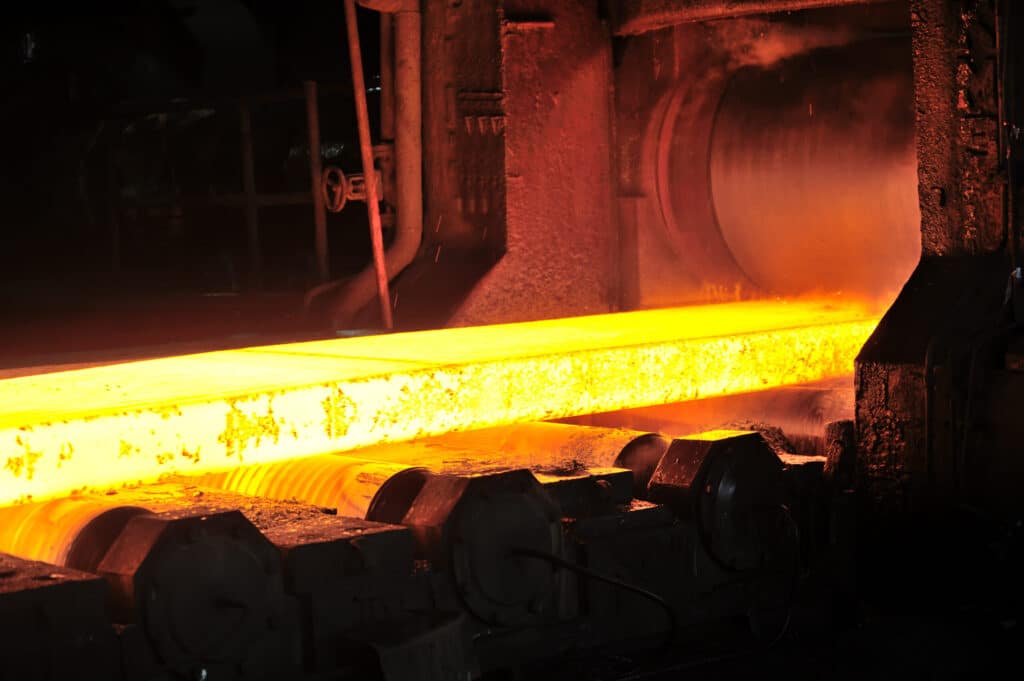
At Speciality Metals, we have a lot of products to choose from. There are so many questions about applications, lifespans, etc that need to be asked and answered that we have set up a twice weekly series of guides. Hopefully this will give you an idea of what’s possible and what’s needed for every requirement.
One of the questions that we field regularly is: what is the difference between cold rolled and hot rolled steel? This product is cold rolled steel, but it is important to understand what this means when choosing the ideal metal for your requirements.
As well as these help guides, please do contact us if you need any assistance at all. We’re always happy to help.
Let’s try to clear the issue up…
Hot rolled steel is easier to produce. It is simpler to shape and form. It’s production is a basic mill process wherein the steel is rolled at high temperature. It begins as a piece of still billet which is then heat treated up to 1700 degrees Fahrenheit (926° Celsius) in a blast furnace. The piece of steel is then rolled through the mill into the desired shape. The entire heat treatment process is carried out at very high temperatures.
Hot rolled steel is produced and recommended for applications where precision is not essential and tolerances are flexible.
Advantages of hot rolled steel include:
The main advantages of hot rolled us that it is easier to produce and as a consequence it is cheaper in cost than cold rolled steel plate.
Disadvantages of hot rolled steel include:
The main disadvantages of steel produced using the hot rolled method is that dimensional imperfections can occur. These are caused by the heating (expanding) and the subsequent cooling down (shrink, warpage). Hot rolled steel can have a rougher surface texture, which can be easily buffed out.
Unlike hot rolled steel, cold rolled steel is heated and cooled at the room temperature and then rolled again. The steel then goes through the cold reduction mills, at which point the material is cooled (at the room temperature) and then the forming occurs followed by either press-braking or cold roll forming to produce the desired shape.
When the term rolled is used it often refers to reference myriad finishing processes including turning, grinding, and polishing. In truth these finishing processes modify existing hot rolled stock into an end product. When the term cold rolled is used it refers exclusively to sheets that undergo the afore described compression between rollers. Other shapes like bars or tubes are drawn and not rolled. Bars and tubes are hot rolls and then, once cooled, are formed into cold finished tubes and bars. These are available through our store.
The advantages given by using steel produced in the cold rolled method is that it allows for a wider range of surface finishes. It has a smoother and shinier surface than hot rolled steel. The edges are truer, better defined and better concentric uniformity and straightness to tubes and bars.
The downside is that it is higher in cost to produce and therefore more costly to the end user. Fewer shapes can be produced using the cold rolled method and it is also worth stressing that internal stress can occur when additional treatments are applied. The steel would have to be stress relieved before cutting, grinding and welding if this occurs.
There are several ways to distinguish hot rolled and cold rolled steel:
Hot rolled plain steel has scaly, non-oily finish with slightly rounded edges and corners. Cold rolled steel has a very smooth surface, oily or greasy finish and very sharp edges.
It depends on the application.
Hot rolled steel has a rough, blue-grey finish and is often less precise in dimension due to the manufacturing process. It is ideal for use in construction, where dimensional precision is not critical.
Cold rolled steel has a smooth, precise finish and is often used in applications where a high level of precision is required, such as in the automotive and electronics industries. It is also often used to produce steel sheets and bars.
In general, hot rolled steel is less expensive than cold rolled steel.
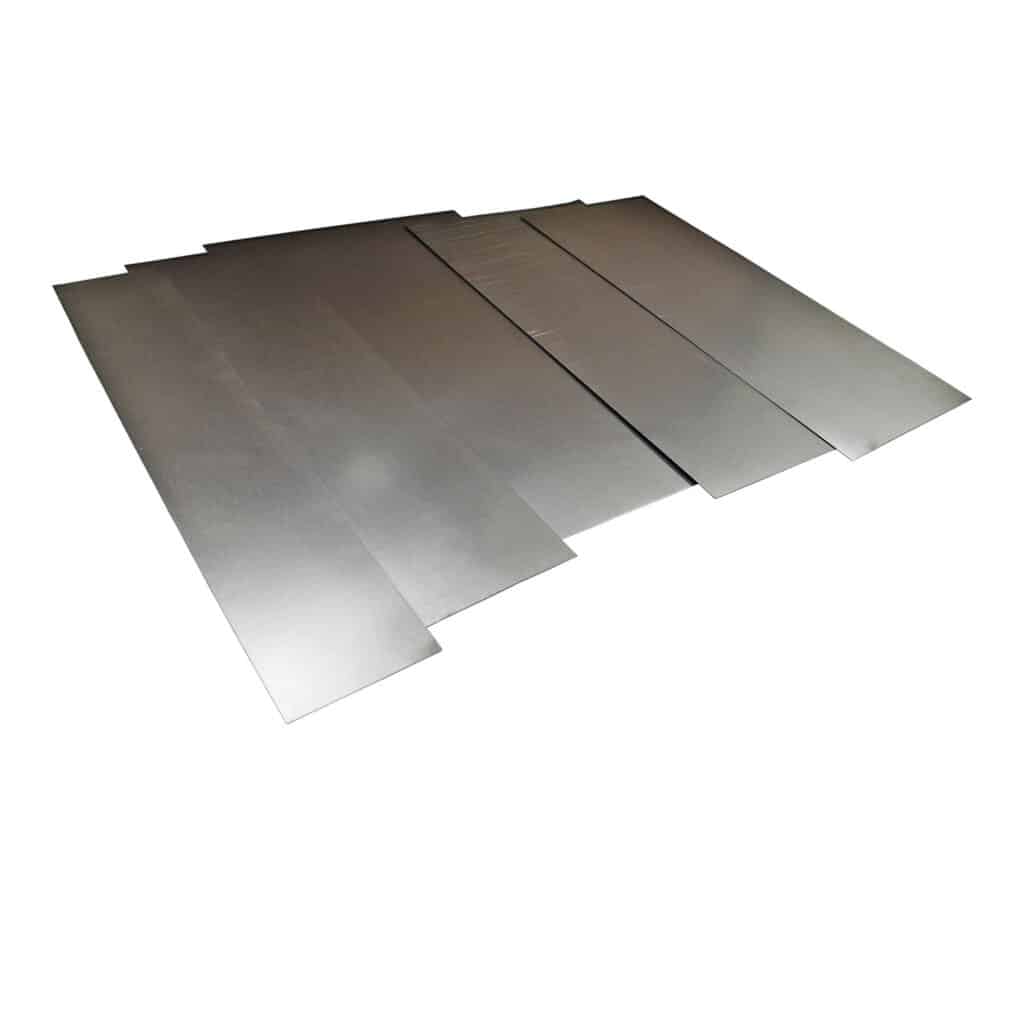
Slightly thicker, offering more durability while remaining flexible and easy to work with.
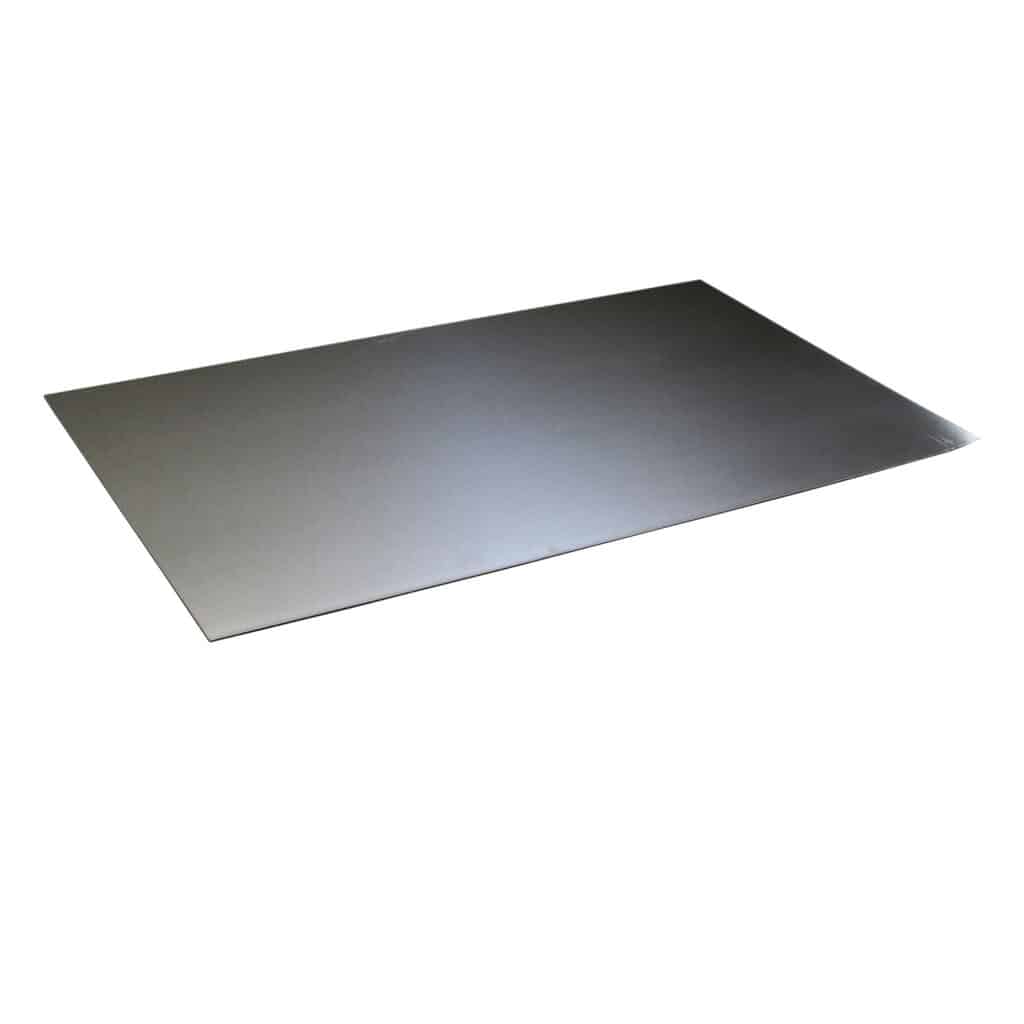
Known for its increased durability while still being lightweight and easy to cut or weld.
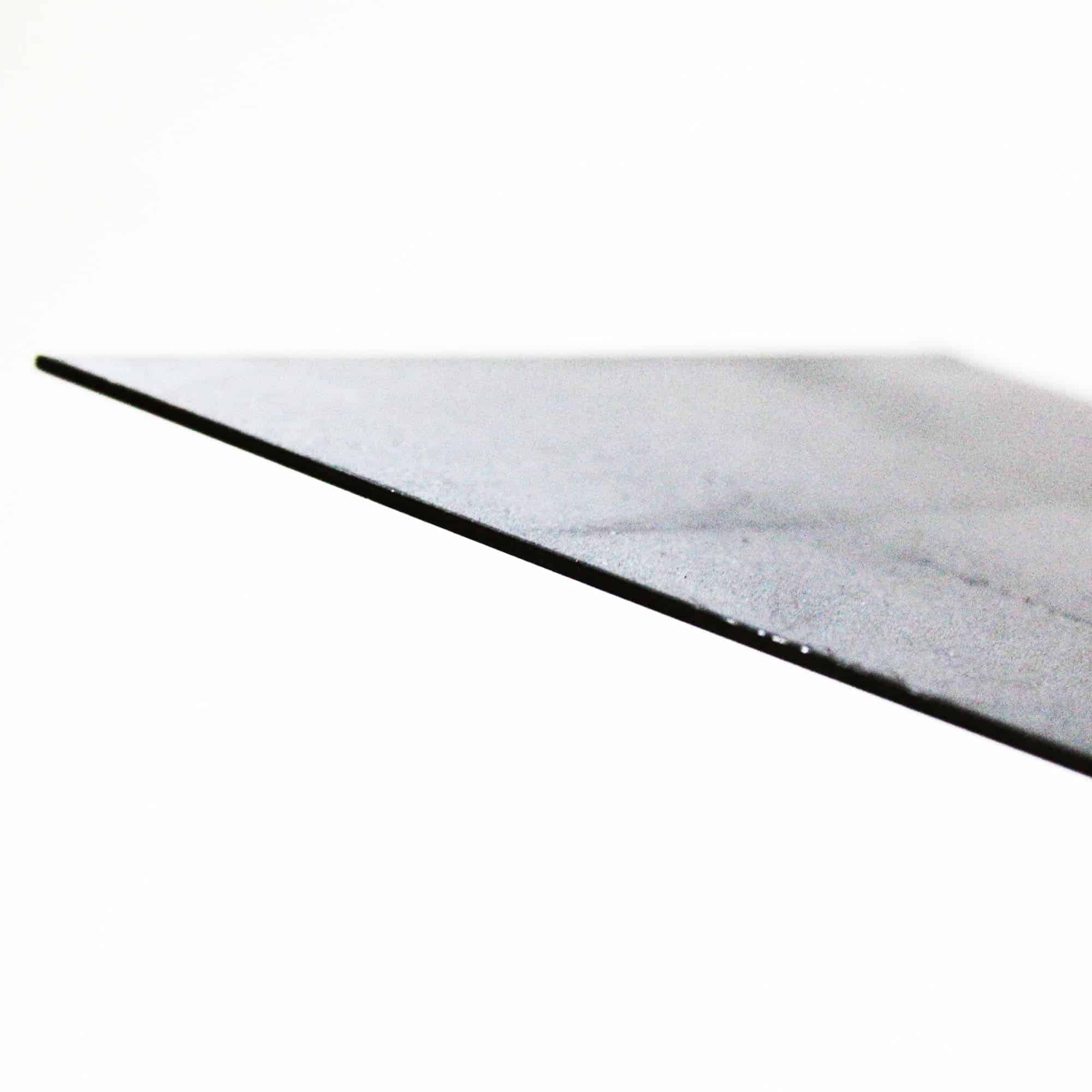
This thickness provides substantial strength while still being easy to machine.
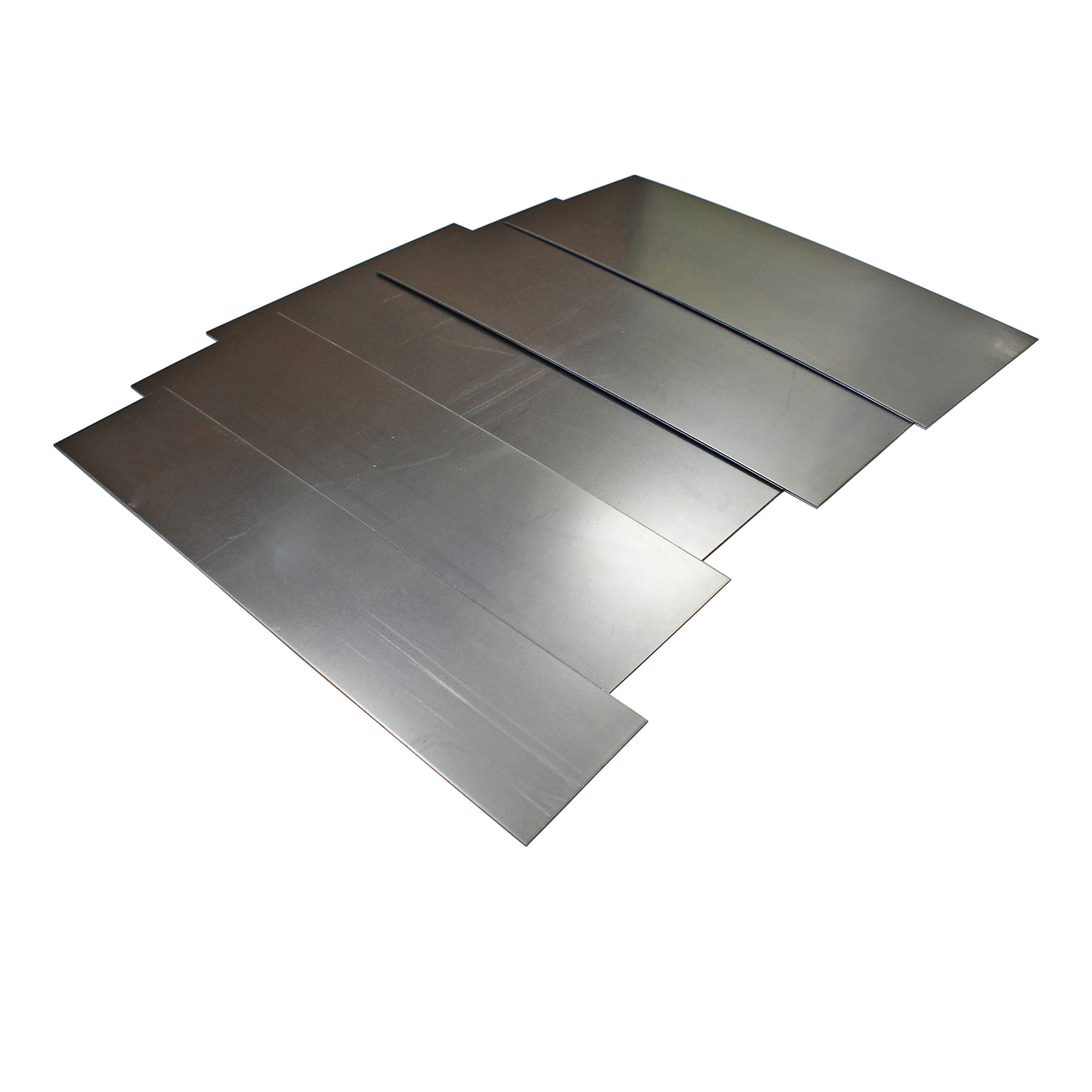
Thick and sturdy, 3mm mild steel is a go-to choice for heavy-duty applications.
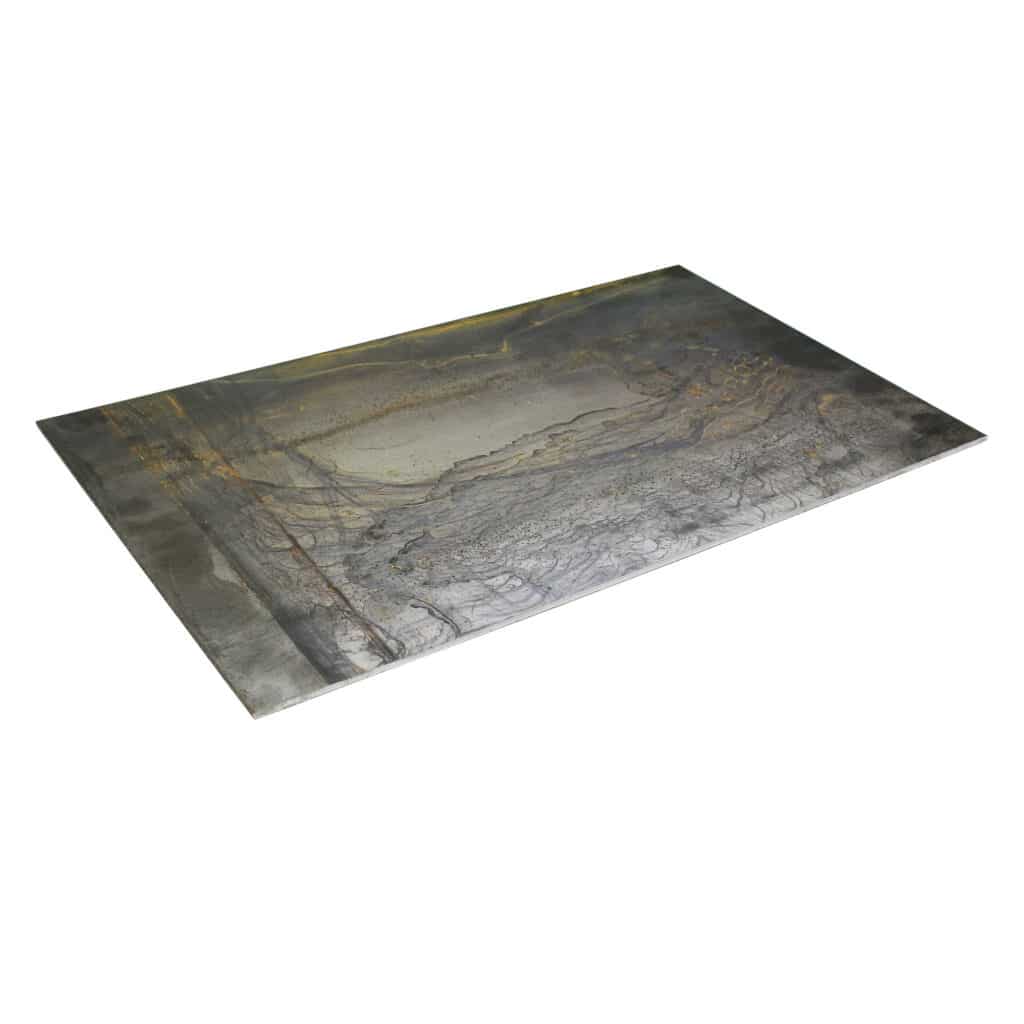
Thicker sheets like this are used for the most robust applications requiring maximum durability.
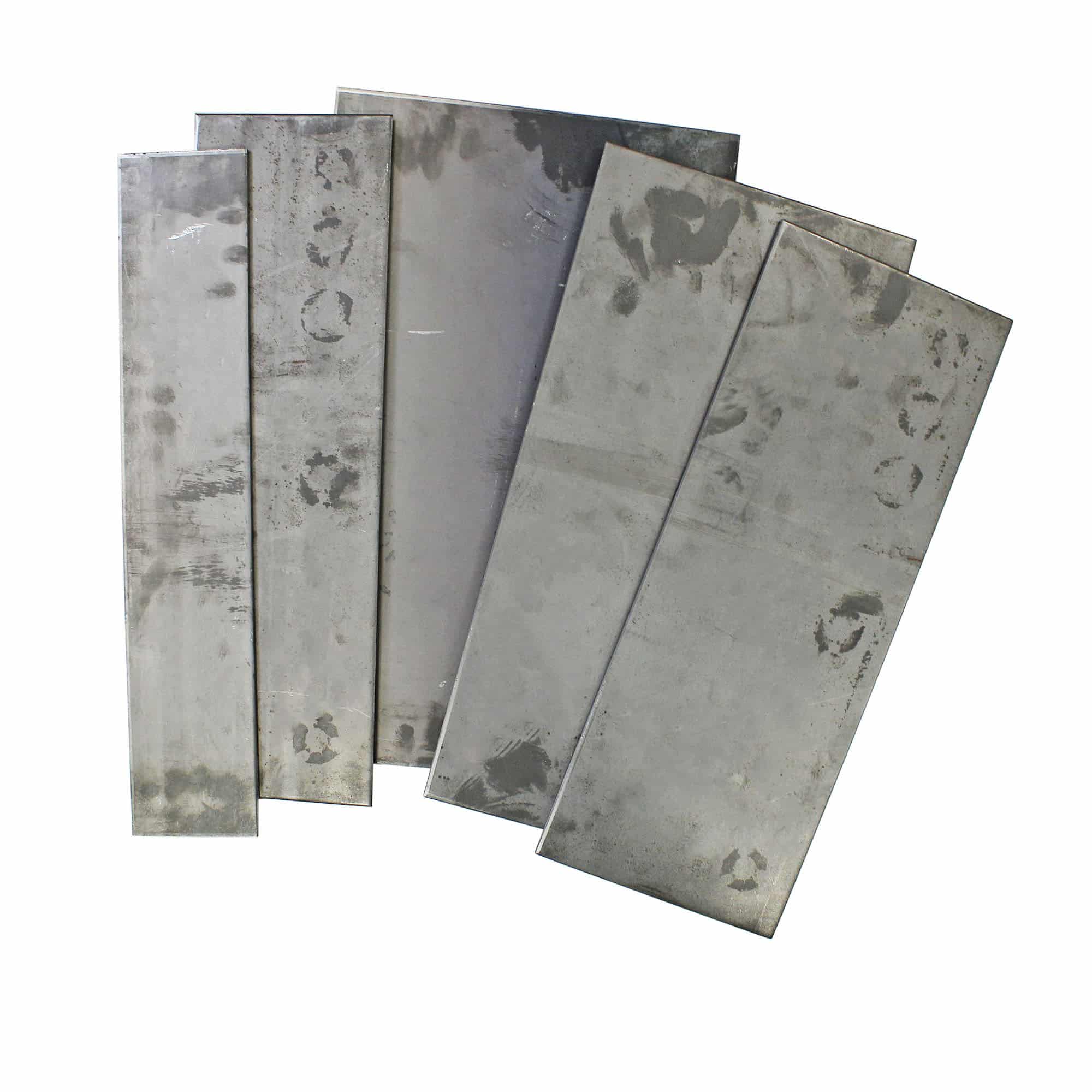
This ultra-thin sheet is perfect for lightweight applications where flexibility and precision are key.
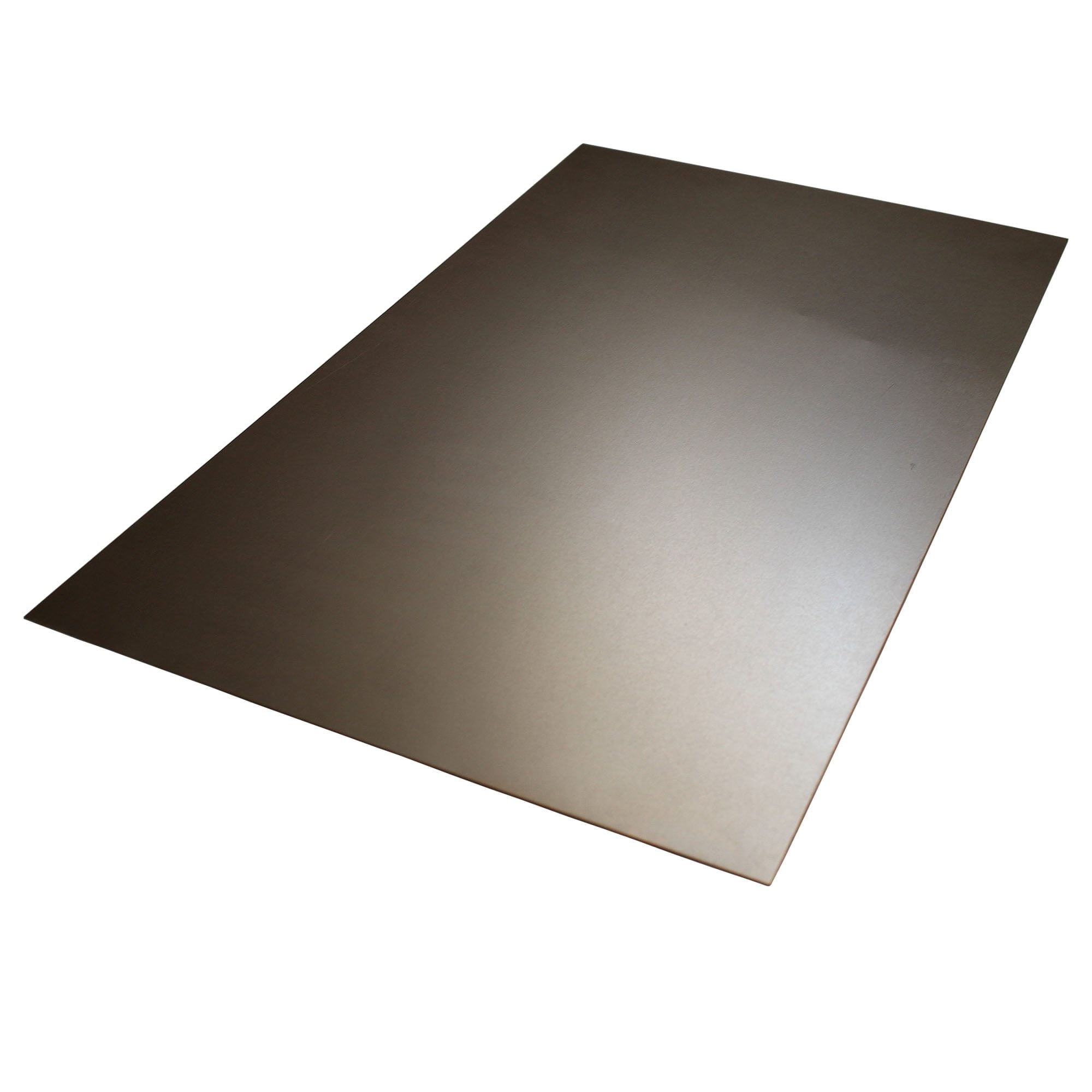
This thickness strikes a balance between flexibility and strength, making it ideal for everyday applications.
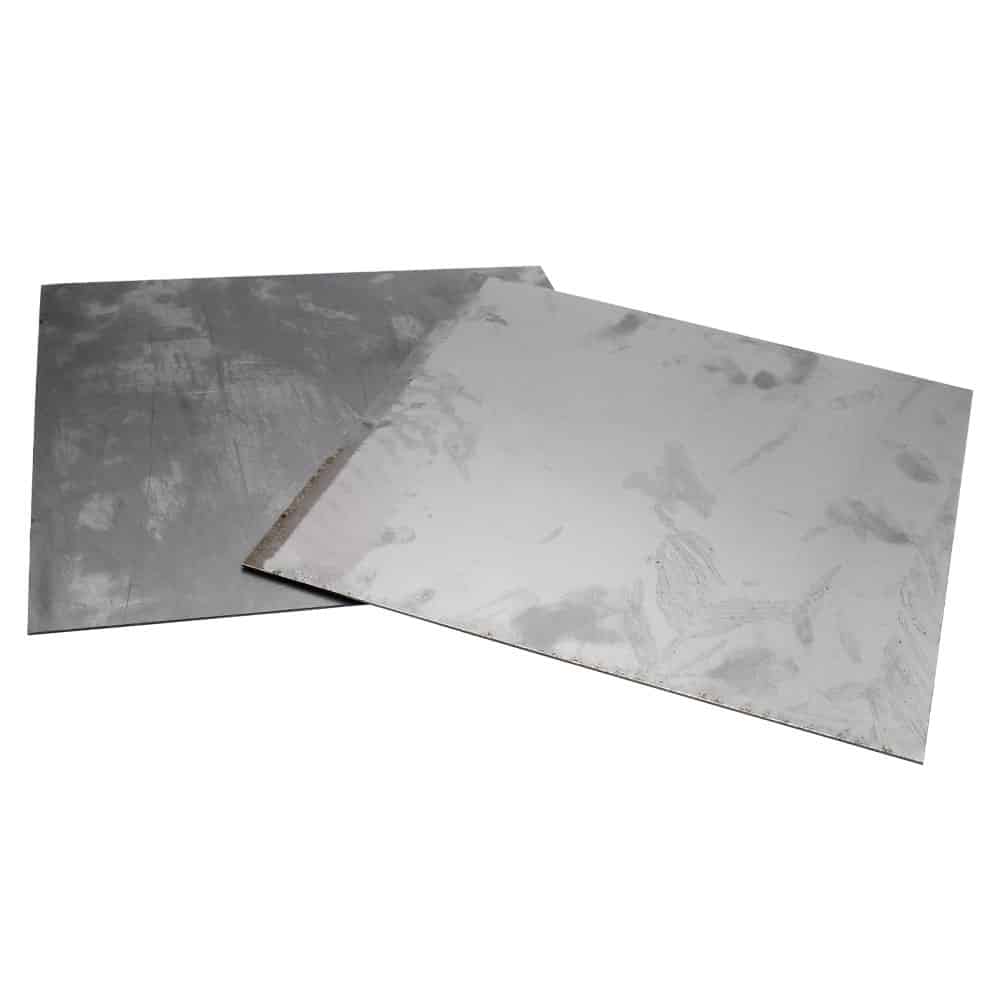
With a sturdier build, this sheet is suitable for more robust applications requiring moderate strength.
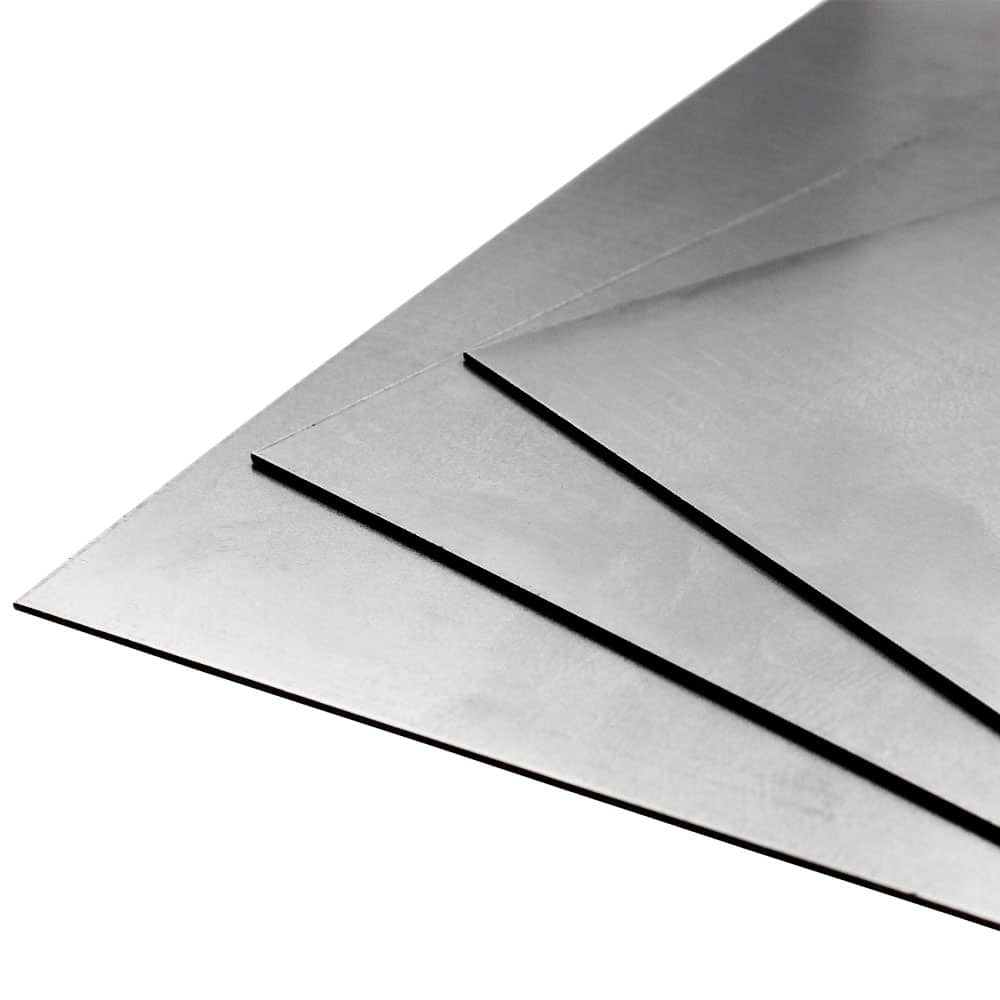
With increased rigidity, this sheet can withstand higher loads and rough handling.
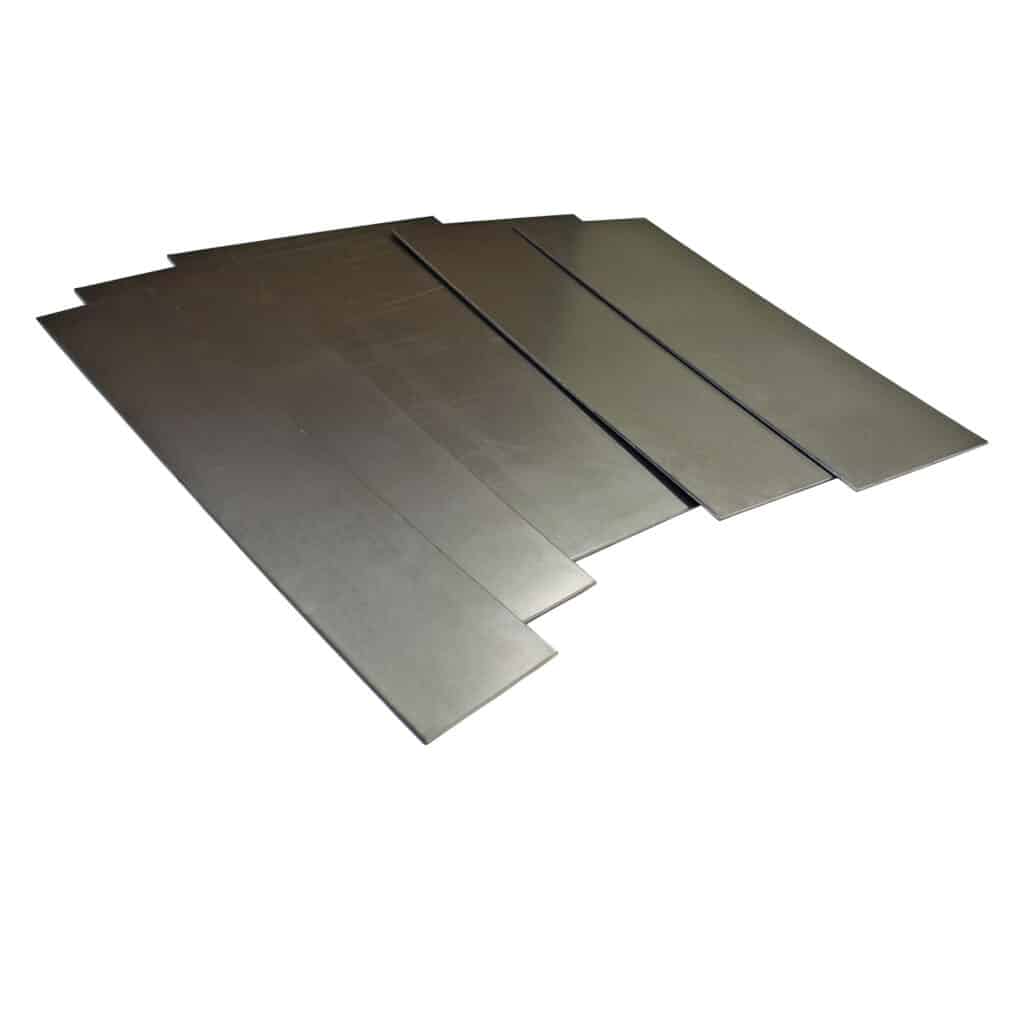
This thickness is designed for demanding applications where strength is critical.
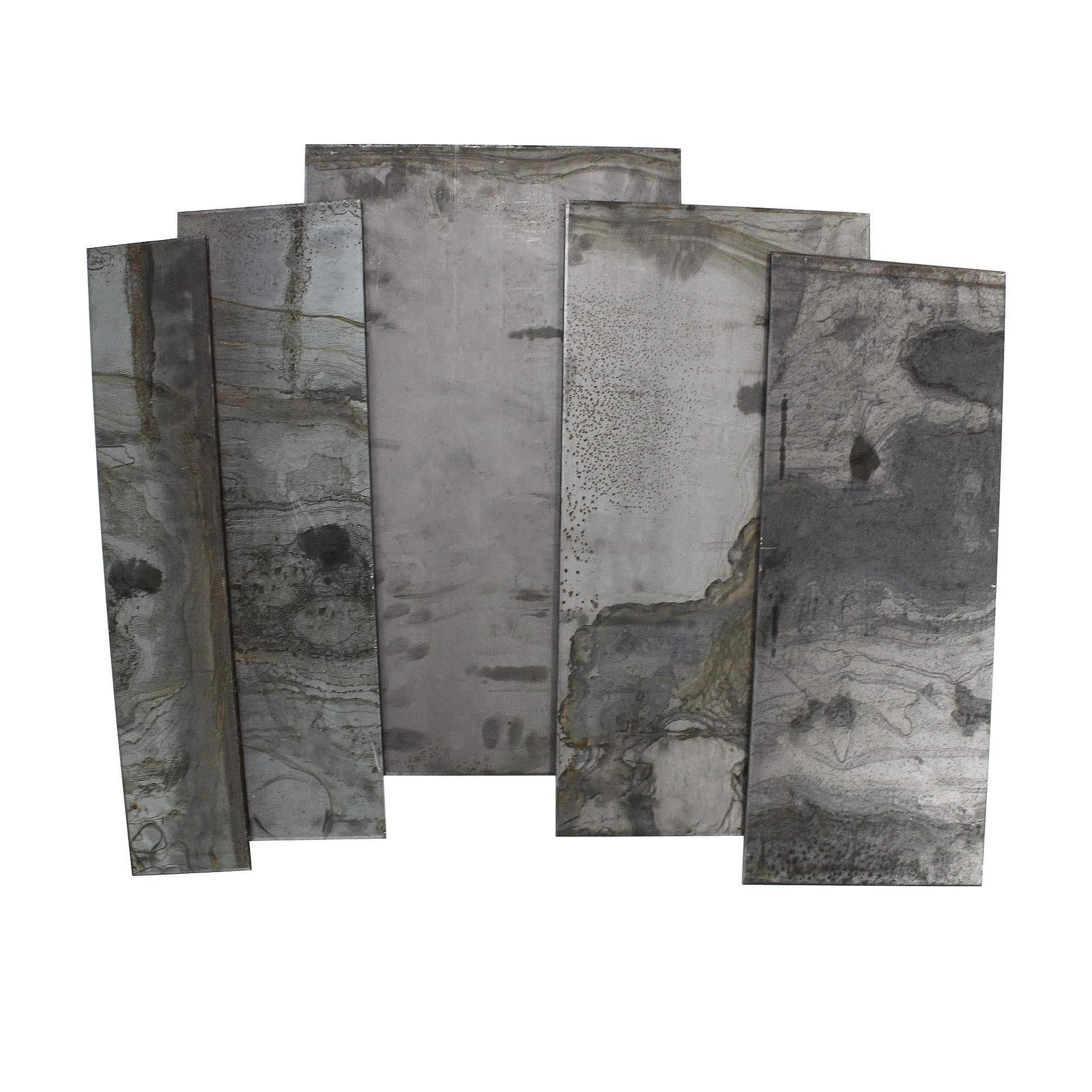
The thickest in our range, 6mm sheets are built for extreme strength and durability.
As always, thank you for checking out our blog. We hope that this helps you with your project.
Please also check out the other articles in our helpful guide series. We have written about aluminium sheeting and checker plate recently to name but two of our articles.
We are also proud to sell this product on our highly popular eBay store, check us out there too.
If you have any further questions, feel free to contact us.
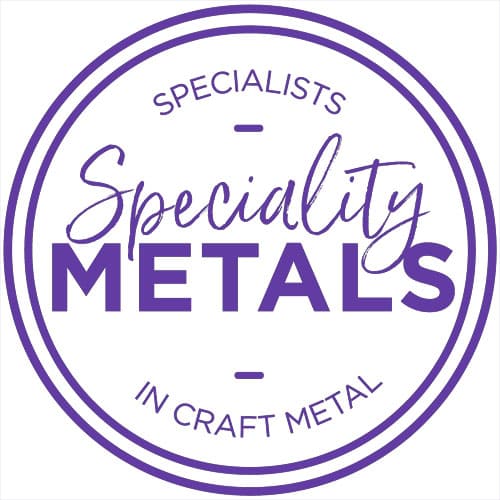
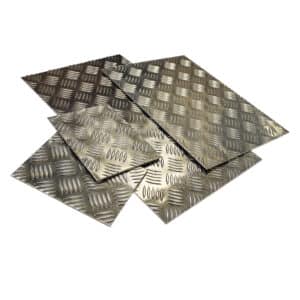
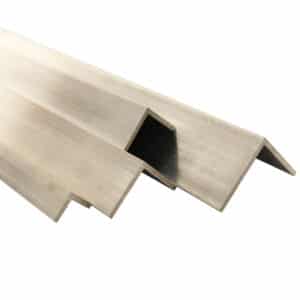
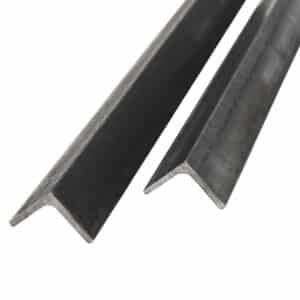
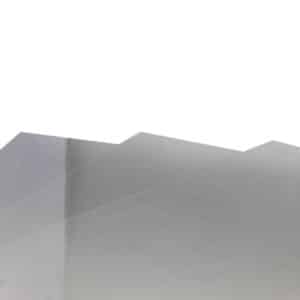
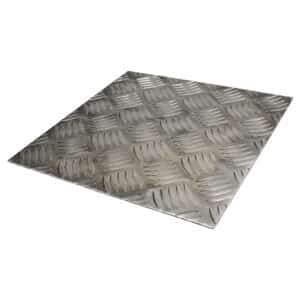
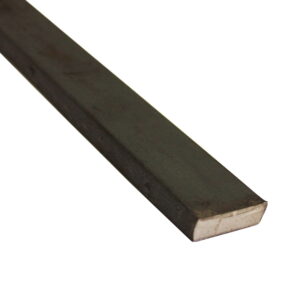
Speciality Metals
Unit 1, Farrell Street, Warrington,
Cheshire, WA1 2WW, United Kingdom
Quick Links
Payment Options
